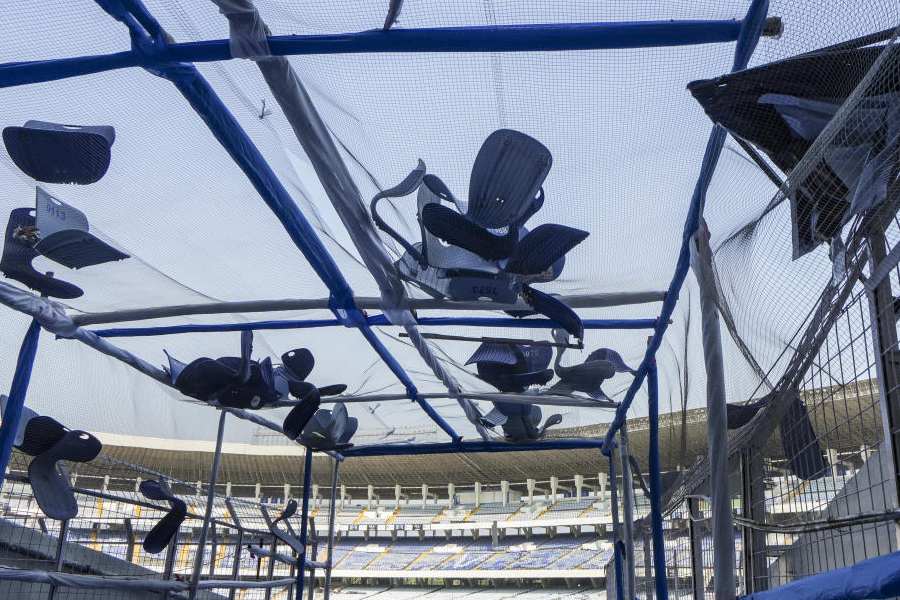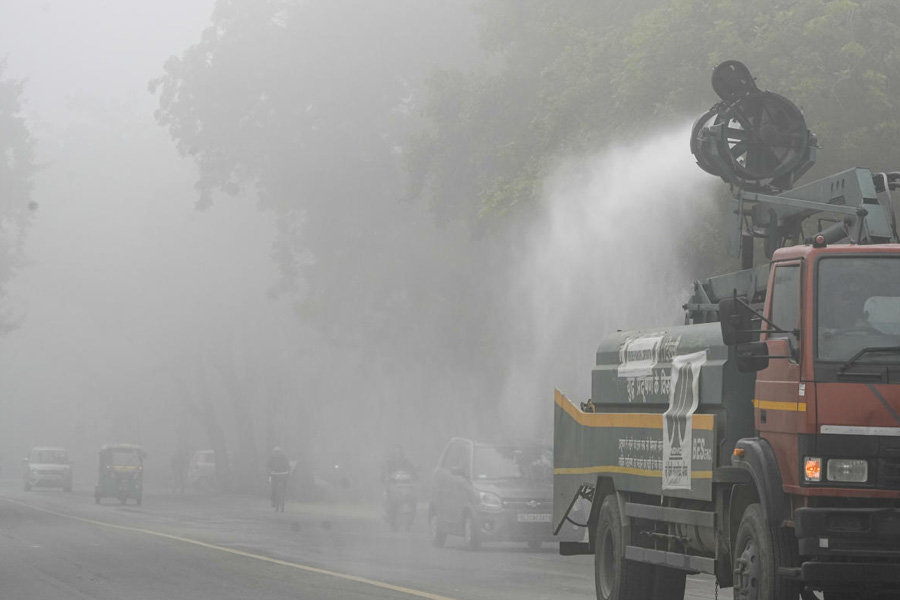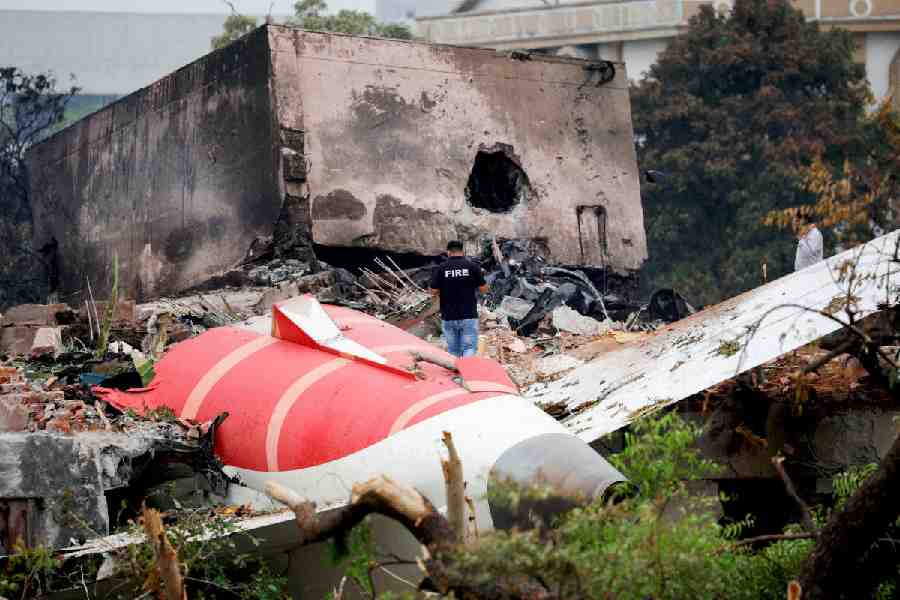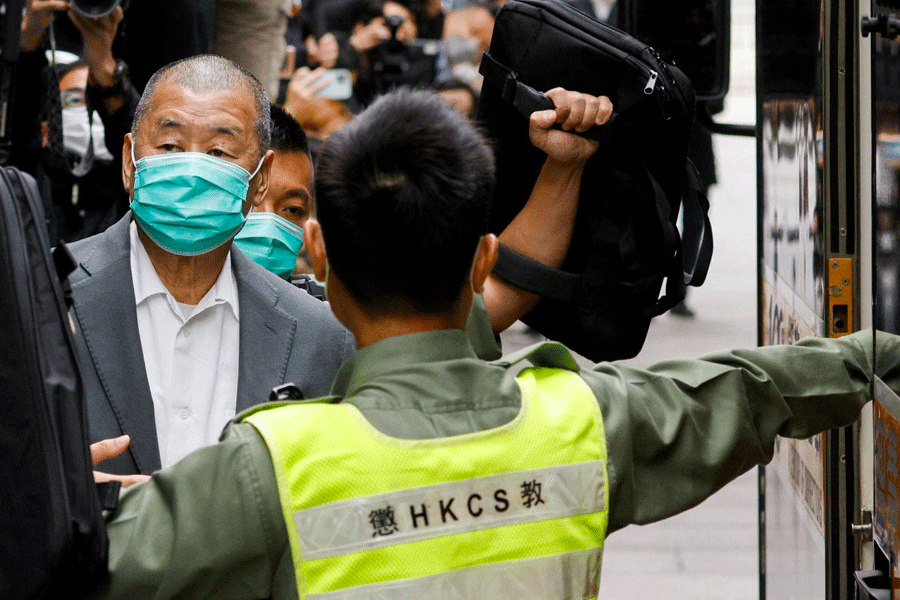New Delhi, May 12 :
New Delhi, May 12:
The recovery has begun-and the good sign is that the basic goods industry is ratcheting up growth, raising the hope that the rally will sustain and soon spread to other areas of industry.
Last month, when the Confederation of Indian Industry (CII) came out with its Ascon industry survey for the period for April-March 2001-02, it had drawn a sketchy first cut that barely gave the contours of the rally. It had revealed then that 65 sectors (56 per cent of the industrial sectors) had exhibited a moderate growth of 0-10 per cent while 30 sectors (28 per cent of the sectors surveyed) had exhibited negative growth during the year. On the positive side, it said, 15 sectors have shown high growth rates of 10 to 20 per cent, and six have exhibited excellent growth of more than 20 per cent.
It has now come out with a more detailed picture: it says that the cement sector has shown a significant turnaround in terms of production with a healthy 9.4 per cent for the year 2001-02. It says that this may be indicative of housing and construction activity picking up in the economy. Since this sector has significant linkages, it is likely that the demand will pick up in other sectors also.
The cement sector expects the trend to continue over the next six months. However, the outlook for exports is not very bright. The sector has reported that high incidence of input costs and domestic taxes coupled with the hefty hike in royalty charges have made Indian cement non-competitive. The sector wants an amendment to the Coastal Regulatory Zone Act to permit setting up of bulk terminals to improve export prospects.
The paints sector has also maintained relatively high growth of 10 per cent. A pick-up in housing and construction activities will again give a boost to this sector.
Polymer products on an overall basis recorded a 10.4 per cent growth compared with 11 per cent in the last year. This sector expects to maintain a healthy growth of 12 per cent in the next six months also.
The aluminium sector grew 4.7 per cent in 2001-02 but it is lower compared with 9 per cent growth in the previous year. This sector has been affected in the last two quarters of the current year due to some structural problems in the industry. Its exports have been hit by a slump in Europe, Japan and the US.
Although the steel sector is maintaining a positive growth of 4.4 per cent, it is down from 10 per cent last year. Imports of seconds/defectives steel under advance licence, issues relating to DEPB rates, poor investment in infrastructure continue to bog this vital sector .Trade actions by the US and EU have impacted growth prospects. Cold-rolled steel continues to reel under a slowdown recording a dismal negative 3 per cent growth compared with negative 1.4 per cent growth in the last year. The problem of cheap imports of seconds/defectives, defective grades CR and galvanized sheets and floor price on HR continue to be major concerns.
Cast-iron spun pipe makers have recorded a negative growth of 15 per cent in the year 2001-02 compared with 5 per cent growth in the previous year. Basic constraints are poor demand, erratic orders from government departments and competition from cheaper substitutes.
Crude oil has achieved negative growth of 1.2 per cent compared with 1.6 per cent last year. Other sectors, such as natural gas (1.5 per cent against 12 per cent), refinery (3.8 per cent against 22 per cent), petrol (4 per cent against 6 per cent), diesel (8 per cent against 12 per cent), and LPG (8 per cent against 14 per cent) have maintained a positive growth trend in the current financial year.
 Monday, 15 December 2025
Monday, 15 December 2025









